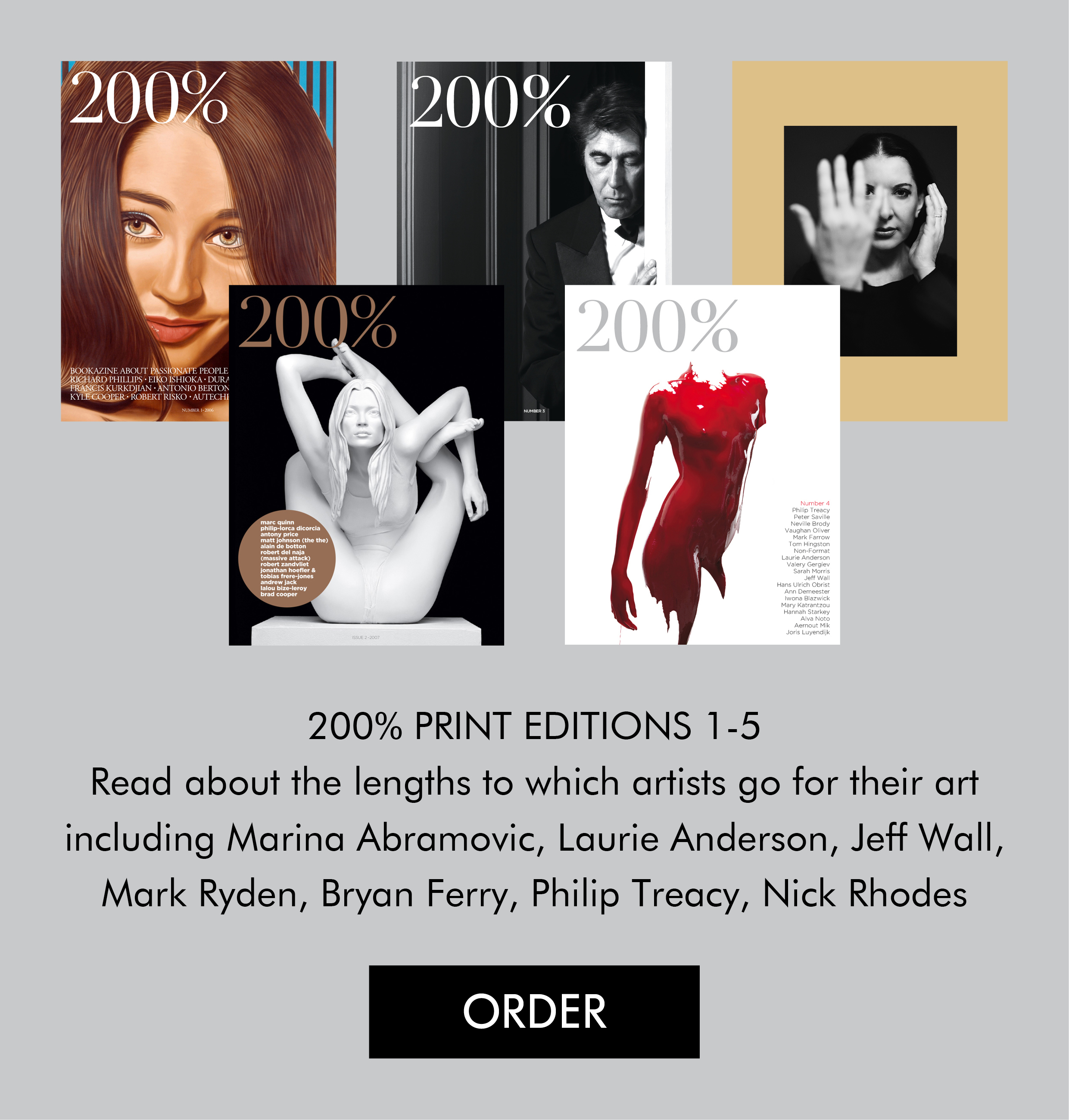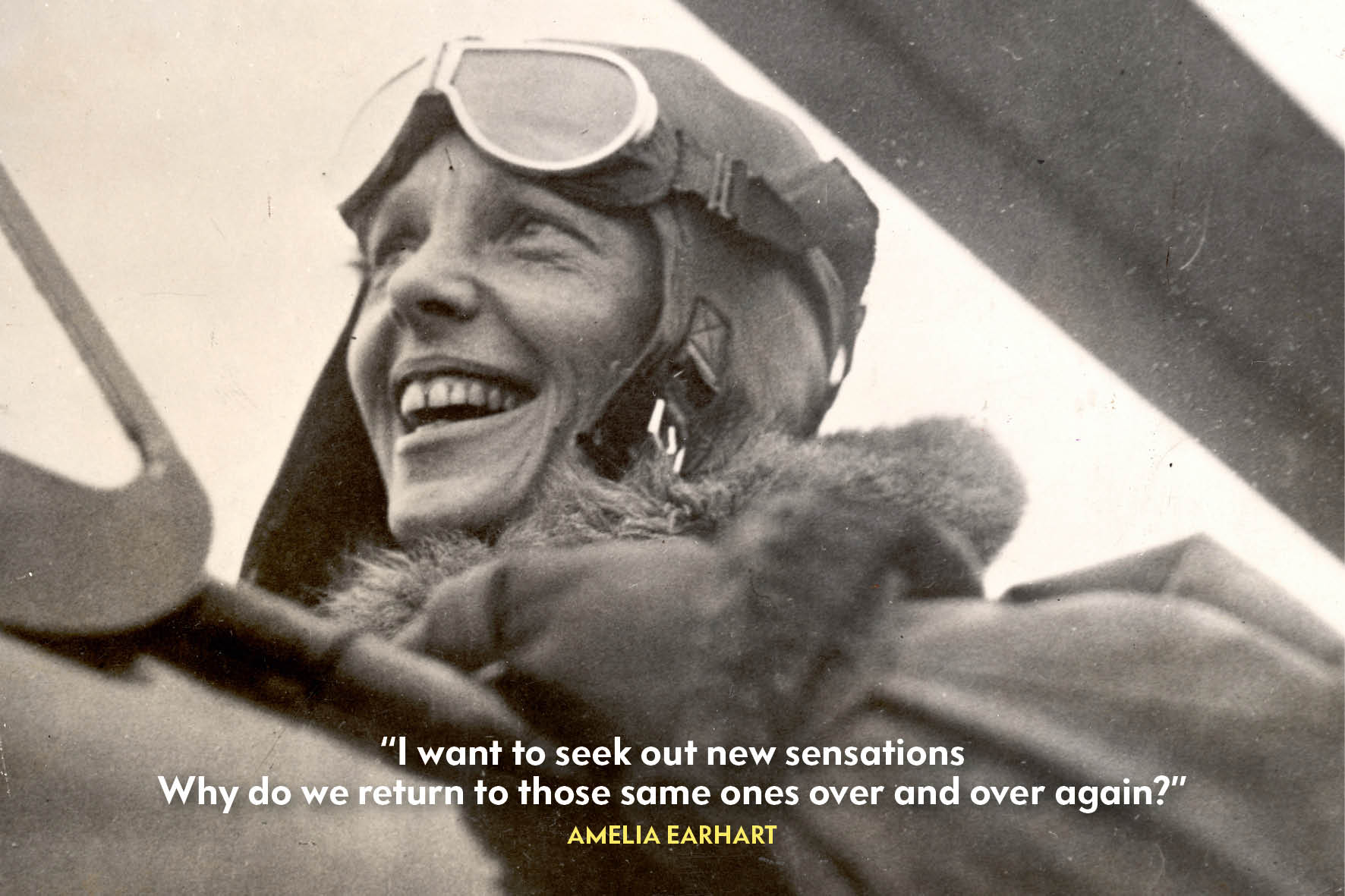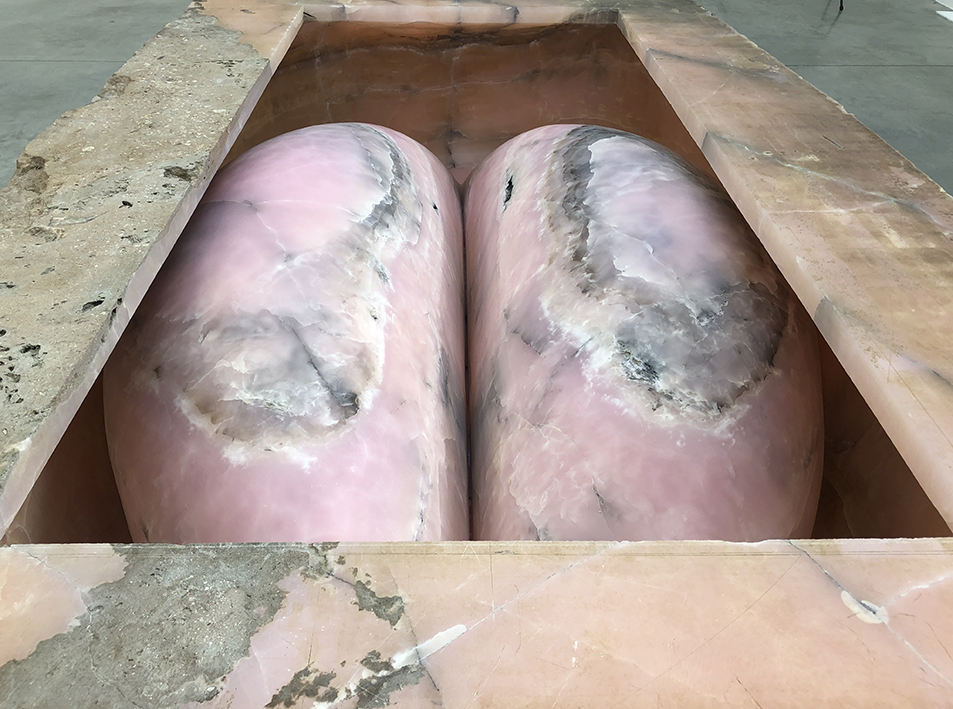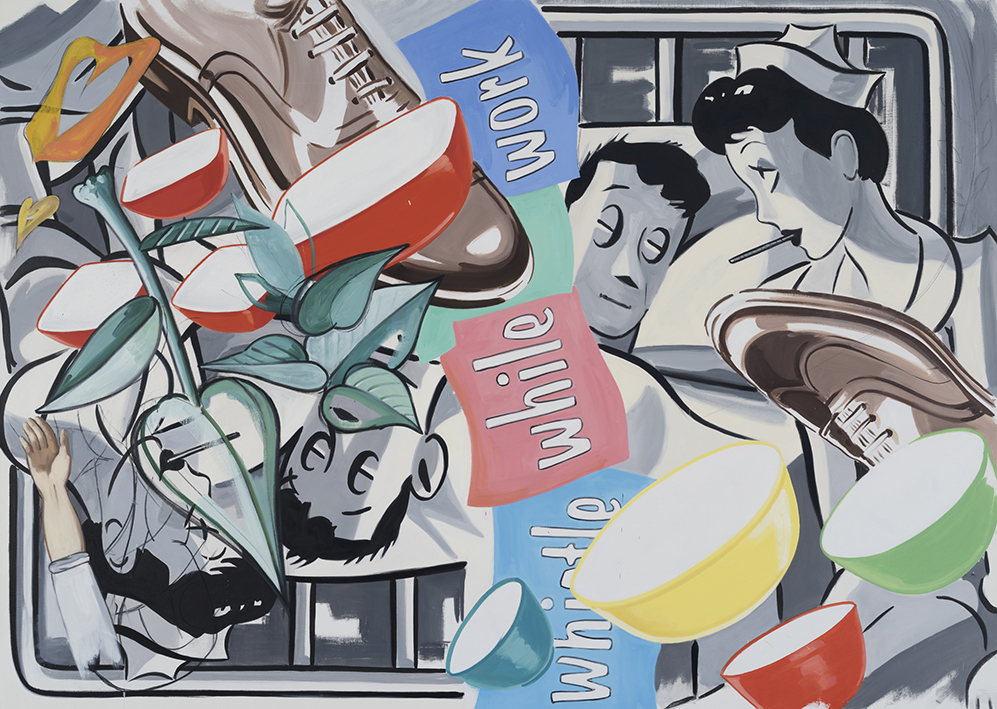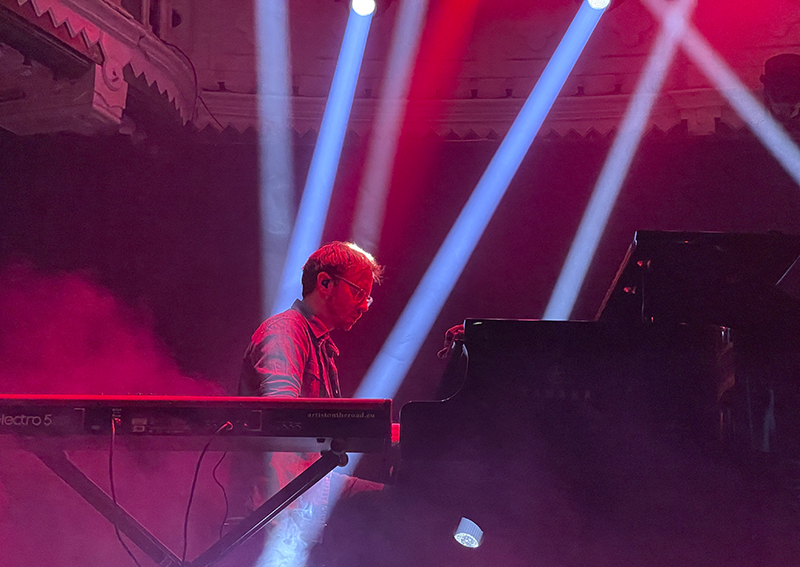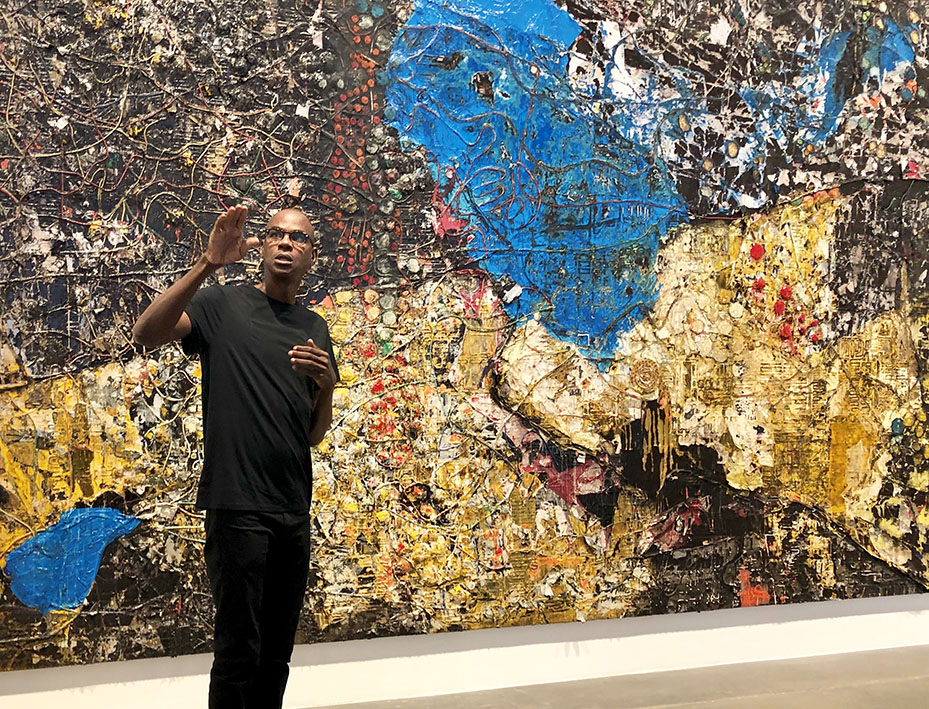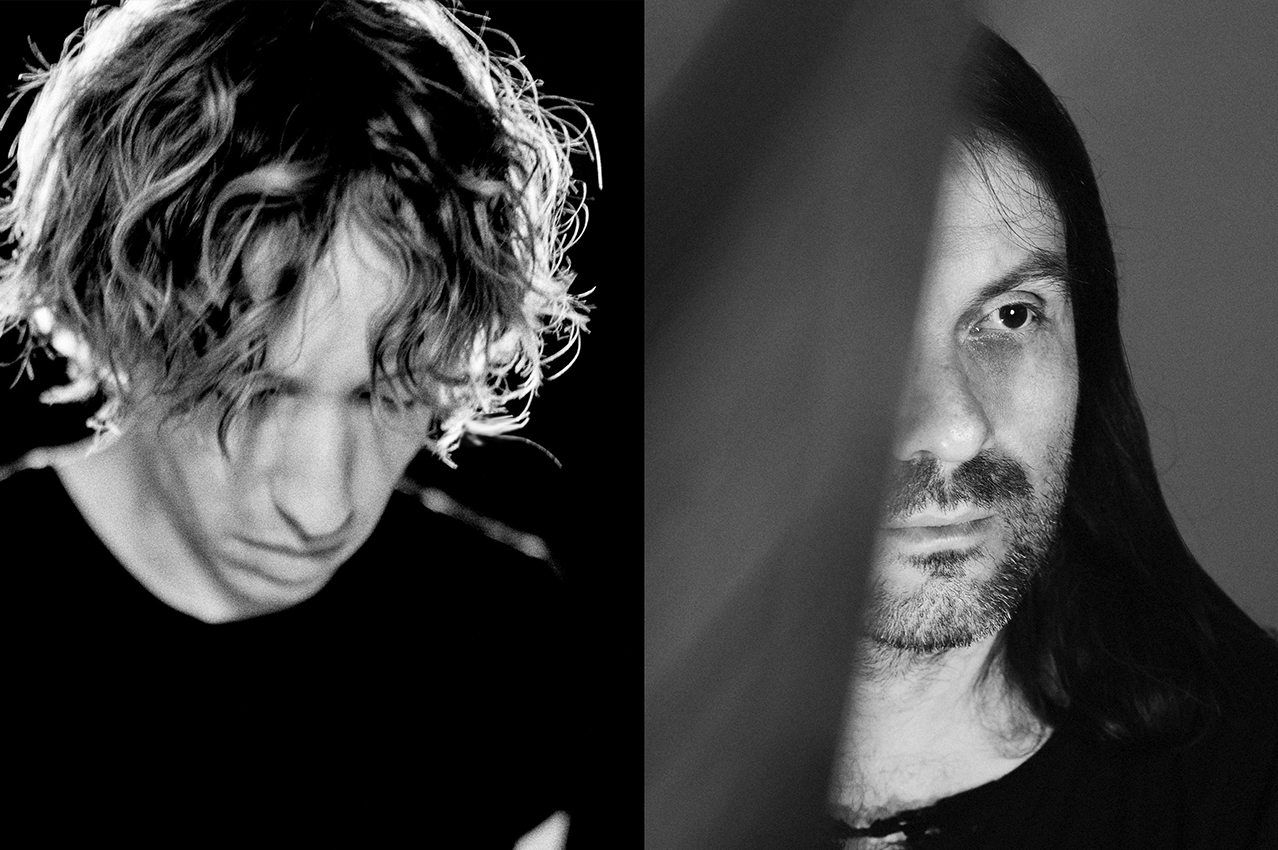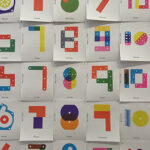 200% met with the Polish artist Marcin Maciejowski as he gave us a private tour of his new show, ‘Could Renoir Really Be Wrong?’, at Wilkinson Gallery.
200%: With the title of this show, you wanted to initiate a dialogue between the French Impressionistic painter Pierre-Auguste Renoir and yourself. Why Renoir?
Marcin Maciejowski: From the beginning of my career, I always thought that the subject of my work should be motivated by political and social engagement – there must be a reason to paint. I painted when I felt that there was something about which I could comment.
When I was a student at the Academy of Krakow, the professors asked their students to paint in a similar vein to Renoir, which is one of the reasons that Krakow is regarded as a conservative Academy. At that time I didn’t respect Renoir’s work and I didn’t think much about his art; in fact I thought his art was about ‘nothing’. Then, last year, I read a biography about Renoir by Henri Perruchot that enabled me, through studying Renoir’s work and his history at a later age, to gain an appreciation for his work. From this, I realized beauty as a subject matter in itself is sufficient reason to paint.
200%: In hindsight, do you think the Academy in Krakow was correct?
MM: It’s not that I disagree with the people of the Academy. With this show I tried to ask myself the question ‘Could Renoir really be wrong?’ or ‘Could I [Marcin Maciejowski] really be wrong?’ The title of the show is a quotation from Renoir’s biography and Renoir didn’t need strong reasons, such as politics, to paint as, for him, beauty was reason enough to paint. The show tries to initiate a debate as to whether beauty itself is sufficient reason to paint.
In hindsight, I believe that being a student at the Academy of Krakow was good for me as their conservative ideas about painting offered me an opportunity, as a young aspiring artist, something against which to fight, to rebel. I consider my education to be the pre-text as to how I think about painting, process and subject matter.
200%: Does your political and social interest originate from your time at the Academy?
MM: Yes, it does. I was asked to paint beautiful things and to paint in a style after Renoir, but I started to rebel against that. I didn’t like, and couldn’t paint, beautiful things such as landscapes, nudes – classical stuff. I tried to find my own way and started to search for subjects for my paintings in newspapers. As a consequence, political and social issues seeped into my work. In my paintings I tried to comment on what was happening in the world, to bring political issues and social aspects of society under discussion. Every week, for ten years, I drew a comic for a weekly magazine ‘Przekrój’ on whatever happened during the week in Poland in which I tried to comment.
200%: Usually the colours in your paintings are subdued, almost monochrome. You seem to have a preference for blue and greys. Is there a reason as to why you paint in these colours?
MM: It just happens. I don’t consciously think about, or control, the colours. After I finish a work, though, I realize that there are a lot of blue and grey colours in my work. It might have to do with the fact that my work was based on images from the newspaper and poor reproductions of images printed on a home printer that are usually black and white. Whilst every painter has his favourite colours, for me, the subject of the painting has always been more important than the colours or the aesthetics.
200% met with the Polish artist Marcin Maciejowski as he gave us a private tour of his new show, ‘Could Renoir Really Be Wrong?’, at Wilkinson Gallery.
200%: With the title of this show, you wanted to initiate a dialogue between the French Impressionistic painter Pierre-Auguste Renoir and yourself. Why Renoir?
Marcin Maciejowski: From the beginning of my career, I always thought that the subject of my work should be motivated by political and social engagement – there must be a reason to paint. I painted when I felt that there was something about which I could comment.
When I was a student at the Academy of Krakow, the professors asked their students to paint in a similar vein to Renoir, which is one of the reasons that Krakow is regarded as a conservative Academy. At that time I didn’t respect Renoir’s work and I didn’t think much about his art; in fact I thought his art was about ‘nothing’. Then, last year, I read a biography about Renoir by Henri Perruchot that enabled me, through studying Renoir’s work and his history at a later age, to gain an appreciation for his work. From this, I realized beauty as a subject matter in itself is sufficient reason to paint.
200%: In hindsight, do you think the Academy in Krakow was correct?
MM: It’s not that I disagree with the people of the Academy. With this show I tried to ask myself the question ‘Could Renoir really be wrong?’ or ‘Could I [Marcin Maciejowski] really be wrong?’ The title of the show is a quotation from Renoir’s biography and Renoir didn’t need strong reasons, such as politics, to paint as, for him, beauty was reason enough to paint. The show tries to initiate a debate as to whether beauty itself is sufficient reason to paint.
In hindsight, I believe that being a student at the Academy of Krakow was good for me as their conservative ideas about painting offered me an opportunity, as a young aspiring artist, something against which to fight, to rebel. I consider my education to be the pre-text as to how I think about painting, process and subject matter.
200%: Does your political and social interest originate from your time at the Academy?
MM: Yes, it does. I was asked to paint beautiful things and to paint in a style after Renoir, but I started to rebel against that. I didn’t like, and couldn’t paint, beautiful things such as landscapes, nudes – classical stuff. I tried to find my own way and started to search for subjects for my paintings in newspapers. As a consequence, political and social issues seeped into my work. In my paintings I tried to comment on what was happening in the world, to bring political issues and social aspects of society under discussion. Every week, for ten years, I drew a comic for a weekly magazine ‘Przekrój’ on whatever happened during the week in Poland in which I tried to comment.
200%: Usually the colours in your paintings are subdued, almost monochrome. You seem to have a preference for blue and greys. Is there a reason as to why you paint in these colours?
MM: It just happens. I don’t consciously think about, or control, the colours. After I finish a work, though, I realize that there are a lot of blue and grey colours in my work. It might have to do with the fact that my work was based on images from the newspaper and poor reproductions of images printed on a home printer that are usually black and white. Whilst every painter has his favourite colours, for me, the subject of the painting has always been more important than the colours or the aesthetics.
 200%: ‘Overwhelmed by the great tradition of the city, 2012’, [above] is a painting that features four people at a home party. Although you don’t see their faces it is still an intriguing realistic painting to view, such as the low angle – which makes you able to see the chewing gum stuck underneath the table, the simplification of the scene, the flashlight of camera and the desaturated colours.
200%: ‘Overwhelmed by the great tradition of the city, 2012’, [above] is a painting that features four people at a home party. Although you don’t see their faces it is still an intriguing realistic painting to view, such as the low angle – which makes you able to see the chewing gum stuck underneath the table, the simplification of the scene, the flashlight of camera and the desaturated colours.
 200%: Is ‘Self-portrait with Bandaged Ear’ your homage to Van Gogh?
200%: Is ‘Self-portrait with Bandaged Ear’ your homage to Van Gogh?
 200%: As those paintings have some spontaneity, perhaps rawness, and lack of inhibition to them?
MM: Yes, I developed my skills and I lost that austerity and roughness. In my earlier paintings there is a wilder energy when you compare them with my paintings nowadays. The energy of my newer paintings is different.
I like my old work very much and I think it’s really good. For example, one of the paintings I recently found was of a football match between Poland and England at Wembley. It’s a painting of a radio on a white background, with a text balloon containing football commentary.The comment in the text balloon referred in some way to the painting as it described all the colours: “… flashed in the rays of this wonderful sunshine here at Wembley and white T-shirts of Polish footballers were reflected from bright green grass.”
200%: As those paintings have some spontaneity, perhaps rawness, and lack of inhibition to them?
MM: Yes, I developed my skills and I lost that austerity and roughness. In my earlier paintings there is a wilder energy when you compare them with my paintings nowadays. The energy of my newer paintings is different.
I like my old work very much and I think it’s really good. For example, one of the paintings I recently found was of a football match between Poland and England at Wembley. It’s a painting of a radio on a white background, with a text balloon containing football commentary.The comment in the text balloon referred in some way to the painting as it described all the colours: “… flashed in the rays of this wonderful sunshine here at Wembley and white T-shirts of Polish footballers were reflected from bright green grass.”
 200%: Could you indicate a painting in this show in which you believe you have succeeded in capturing beauty?
200%: Could you indicate a painting in this show in which you believe you have succeeded in capturing beauty?

